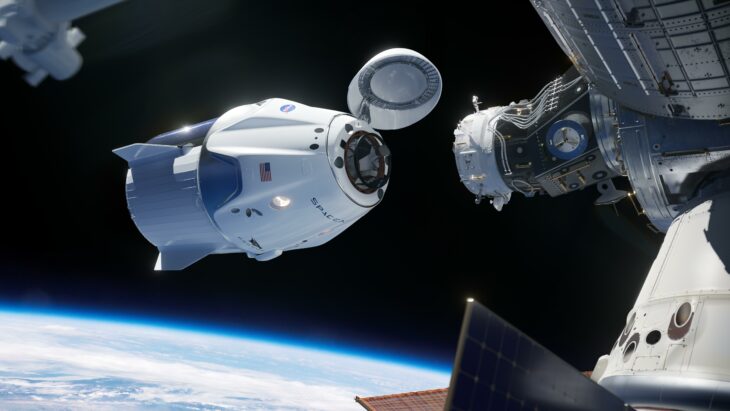Podcast: Play in new window | Embed
Tech News and Commentary
Dave and the team discuss Tom Cruise set to make a movie in the Internal Space Station, Facebook’s billions of monthly users, a 500 game Raspberry Pi arcade machine, speech recognition and volcano eruption detection, a Facebook empathetic chatbot, and more.
Rod in Wesson, Mississippi listens on SuperTalk Mississippi and asked: “I live in rural Mississippi and I’m wondering if you think the Starlink Internet satellite system will come online before we have rural broadband fiber lines laid, or if you think the fiber lines will be laid first. Out here, we can barely get 1MBPS and it’s really frustrating and especially with COVID-19, we have a lot of distance learning and with people with very limited internet, it’s a real issue. So I’m wondering which you think would happen first and why.”
Rod, anything satellite based is probably a better fit for ISPs wanting to service areas like yours, so you may see an active Starlink constellation before you see fiber optic cables laid down.
The real reason is that you’re not worth the infrastructure investment to an ISP that relies on fiber optic cables if you live in a truly rural area, but to a satellite provider the costs are closer to even no matter where you are.
To give you an idea, we’ve found references to an aerial fiber optic installation costing a minimum of $25,000 per mile (and possibly going up to $100,000 per mile if the existing poles are crowded or if there are more complex challenges) and an underground installation starting at $70,000 per mile but possibly going as high as $400,000 per mile if boring is required.
That’s for the cabling and doesn’t take into account the rest of the network equipment or the regular operation and constant maintenance that networks require.
If the ISP spreads costs like that around in a city where a single apartment building may yield 20 subscribers then those costs become less of a blocker, but if they’re looking at those costs for a handful of subscribers per mile, followed by fixing the connections and equipment and regularly by sending crews out to a new far away area, it’s just not worth the money. They’ll never get back their investment.
Starlink itself is active to some extent with a limited constellation, but there were plans announced to have a public beta in November of 2020. You might want to keep an eye on that and see if it’s something you can join.
Rural broadband fiber lines started being installed by C Spire and Entergy in rural Mississippi back in December 2019. The layout of the fiber lines were expected to finish by Summer of 2021. But now with COVID-19 delaying and postponing daily life it may delay the progress somewhat, so don’t expect fibers anytime soon.
 When you participate on the show – anytime 24/7 – and we HEAR you with any consumer tech question, comment, help for another listener, tech rage or just share your favorite App these days … you could win prizes.
When you participate on the show – anytime 24/7 – and we HEAR you with any consumer tech question, comment, help for another listener, tech rage or just share your favorite App these days … you could win prizes.
Audio-Technica: Bluetooth wireless earbuds with charging case.
Car Keys Express: Universal keyless-entry remotes for cars.
3Doodler: Create+ 3D Printing pen
Various Companies: Cases for iPhones, iPads and Samsung Galaxy Phones.
TurboTax: Online codes good for ANY of their products to help you file your income tax fast and easily.
All CALLERS — using the AUDIO option on our Free App or 1-800-899-INTO(4686) – automatically qualify to win prizes.
Audio archived for at least 6 months


